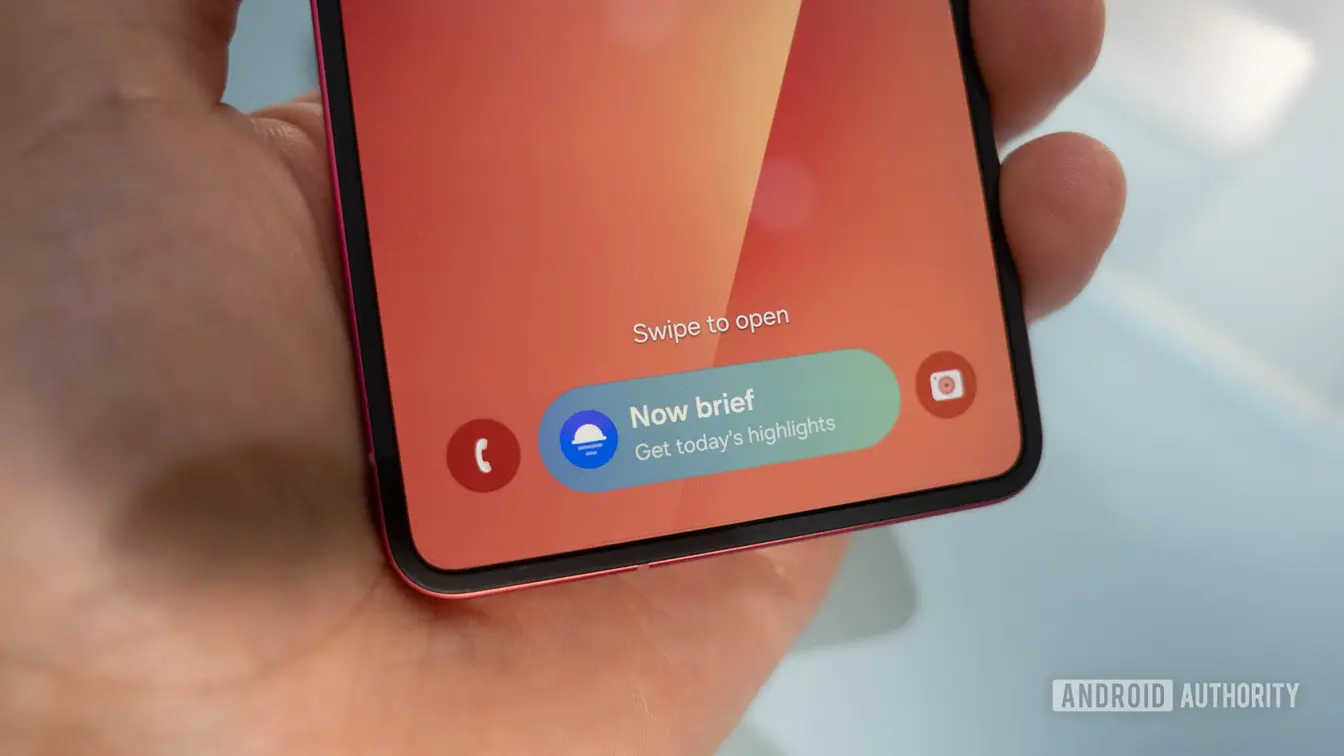T4K3.news
Google introduces Calling Cards for Android
Google rolls out Calling Cards and Take a message to personalize how calls appear and handle voicemails on-device.
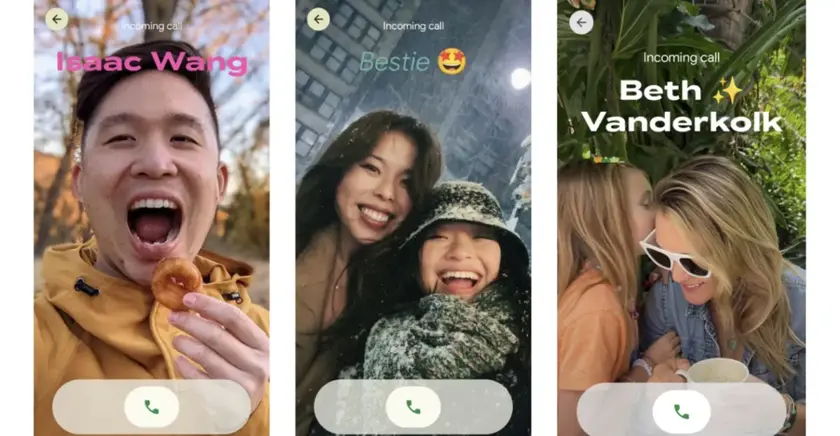
Google expands its Phone app with Calling Cards that customize how incoming calls appear, alongside a new Take a message feature that stores voicemails on-device.
Google adds iPhone style Calling Cards to its Phone app
Google is rolling out Calling Cards within the Phone app. The feature lets users replace the small contact photo that appears during inbound calls with a full-screen image and a stylized name. Users can pick an image from the camera, gallery, or Google Photos and choose a font and color to display the contact. The update is part of Android's Material 3 Expressive design overhaul and follows a phased beta its team tested in June. Calling Cards are in version v188 and will roll out worldwide in phases, so they may not appear for everyone at once.
Alongside Calling Cards, Google added Take a message, a feature that automatically answers and transcribes voicemails when you miss a call. You can record a custom greeting or choose presets. Transcripts and voicemail audio live in the Phone app Recents tab, and Google says all data remains stored on your device. The feature is available on Pixel 4 and newer devices and on Pixel Watch 2 models when paired with Pixel 6 or newer phones. This combo shows Google pushing personalization while keeping user data locally, a stance that could appeal to privacy minded users who dislike cloud syncing.
Key Takeaways
"Your home screen becomes the call stage"
Captures the essence of the feature’s visual upgrade
"Privacy stays on device not in the cloud"
Reflects the on-device data handling claim behind Take a message
"A little flair for every contact"
Commentary on the customization aspect
"Design meets function in the phone app"
General assessment of the design direction
The update leans into a culture of personal expression on Android, matching some iOS trends but keeping its own rules. The ability to customize per-contact screens builds a sense of control for users but also creates divergence in how others see the same contact if they use different devices.
The on-device privacy angle is a meaningful note in an era of cloud-first features. Google says data stays on the device, which may reassure users but will not quell critics who want more transparency about data handling. The phased rollout means early adopters can test the feature, while most users will see it later. That approach reduces risk but slows momentum in terms of user adoption and brand differentiation.
Highlights
- Your home screen becomes the call stage
- Privacy stays on device not in the cloud
- A little flair for every contact
- Design meets function in the phone app
These changes show Google betting on personal flair while preserving user control over data.
Enjoyed this? Let your friends know!
Related News
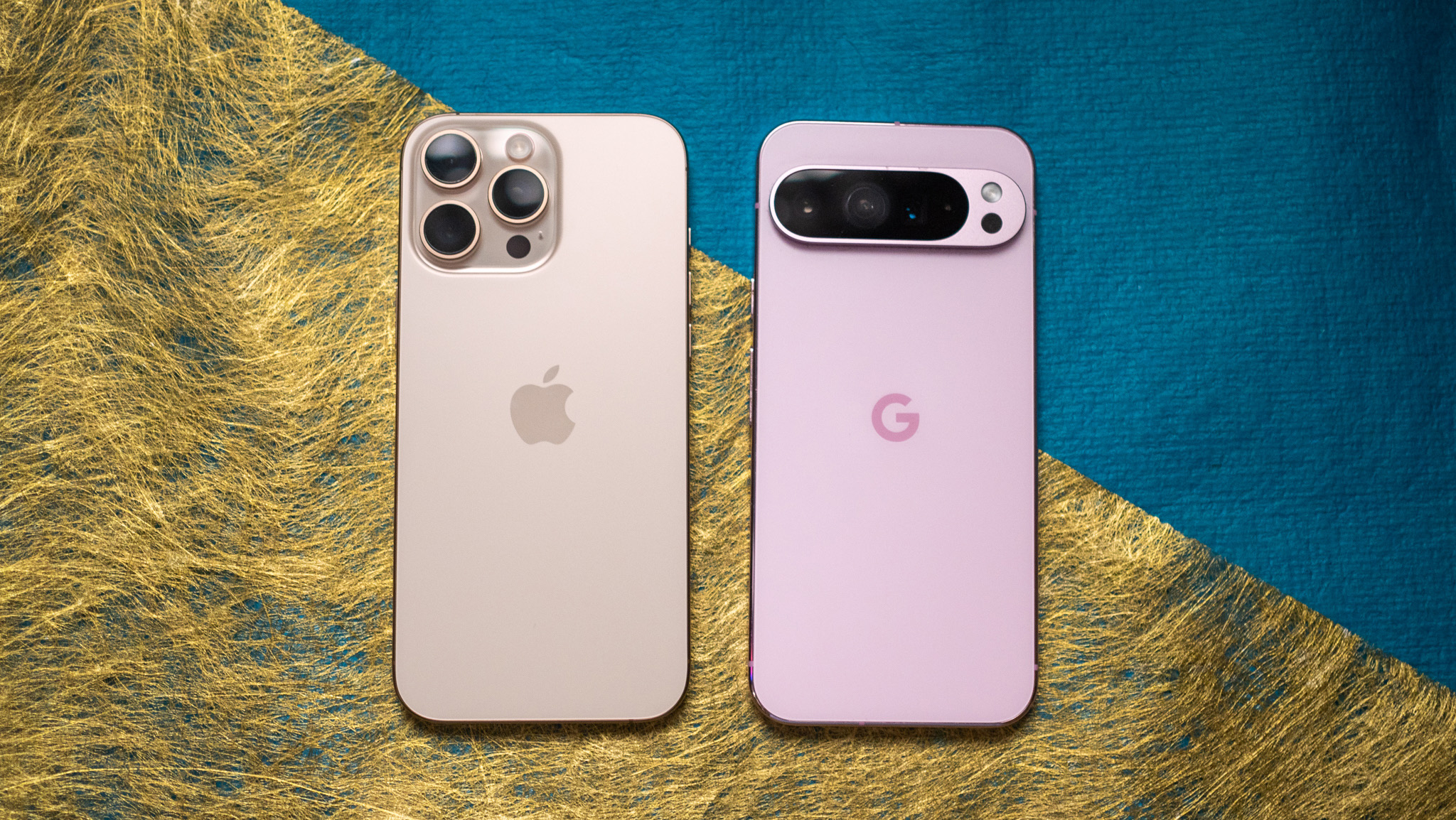
New Safari could challenge Chrome's market share
Pixel Android 16 QPR1 update

Google tests customizable calling cards
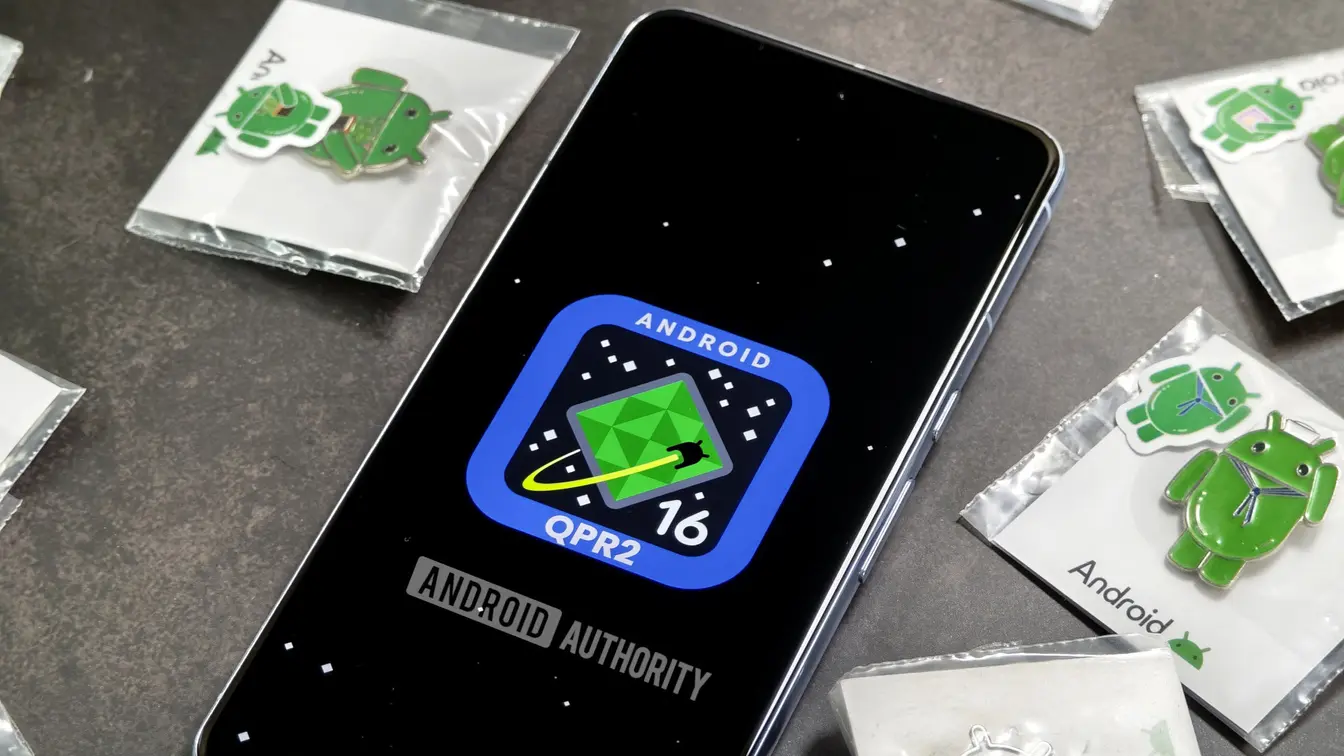
Android 16 QPR2 boosts on device AI controls
Google expands Pixel features with Material 3 Expressive
Pixel Tips renamed to My Pixel with regional rollout
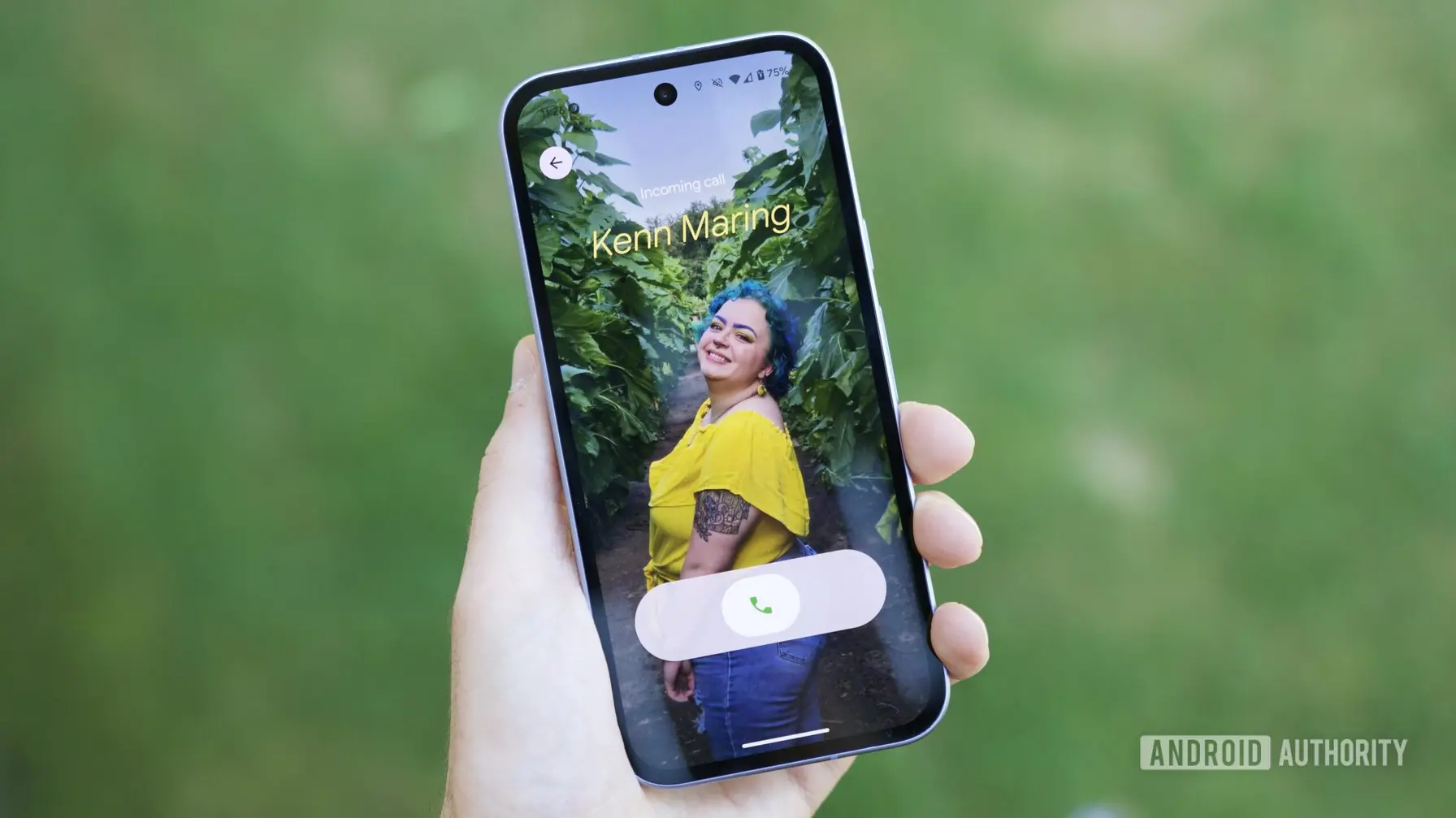
Google brings Calling Cards to Android phones
Pixel 10 AI features redefine smartphone use
